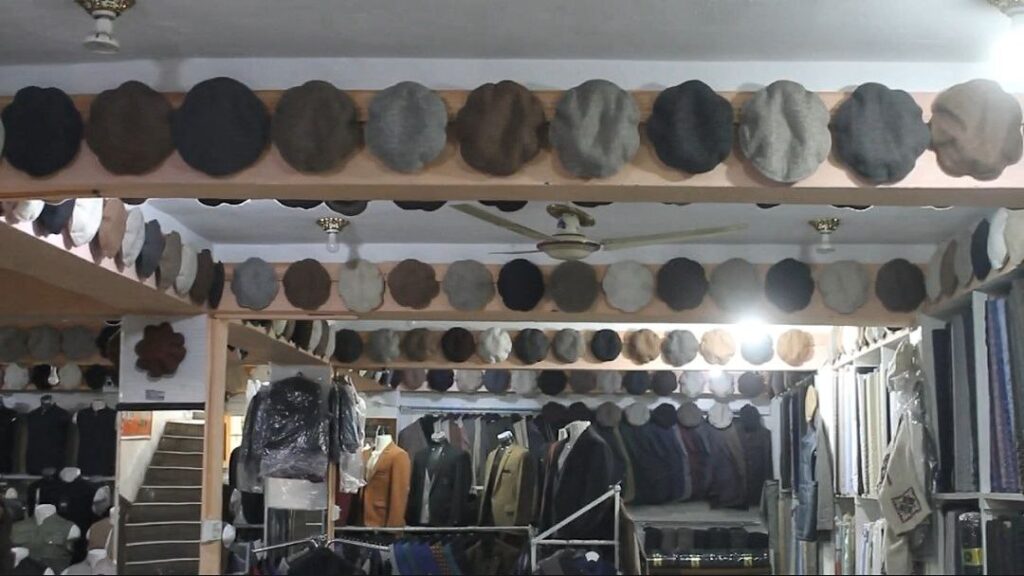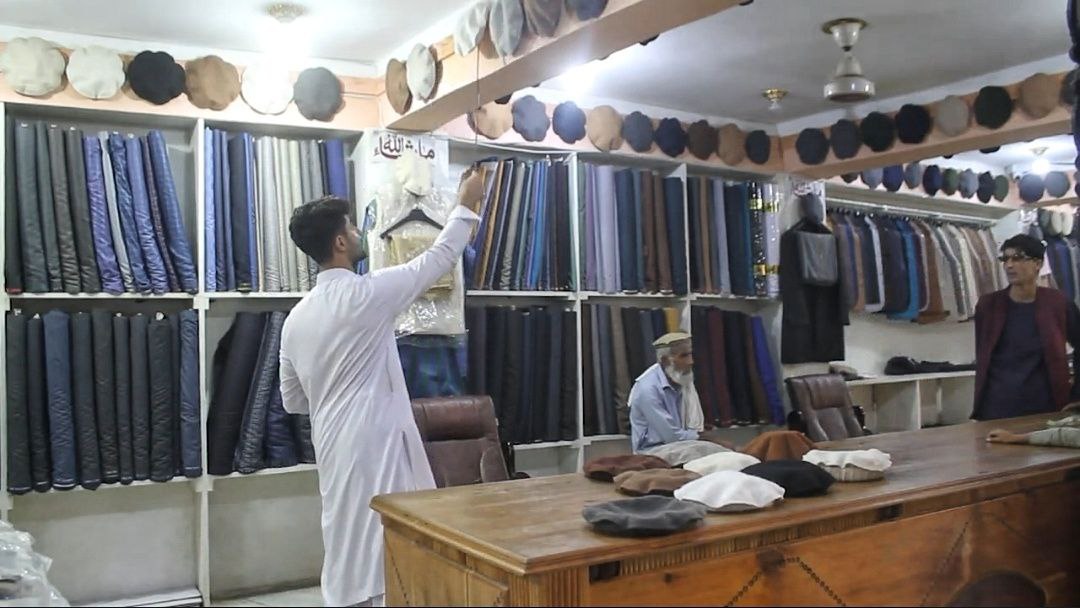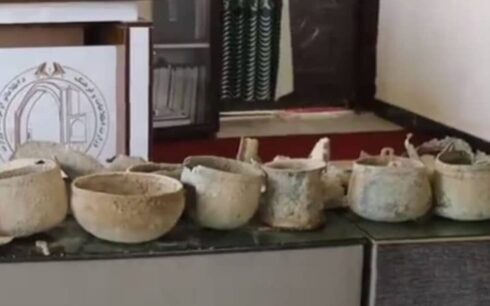Kunar province, nestled in the eastern expanse of Afghanistan, boasts a longstanding affinity for the Pakul, a soft, flat, round-topped cap that has seamlessly woven itself into the fabric of the region’s history. Over the years, the province’s residents have not only embraced the Pakul as an integral part of their culture but have also leveraged it as a source of livelihood.
In the heart of Kunar, the Pakul industry continues to thrive, with locals utilizing wool to craft this distinctive headwear. Sixty-year-old Abdul Ghaffar, thinks back to his teenage years and reflects on how the cap has not only been an emblem of Afghanistan’s heritage but also a practical accessory for the region’s climatic fluctuations.
“Kunar and Nuristan experience both cold winters and hot summers, making the Pakul perfectly suited for these diverse conditions,” he explains.
Worn most prominently in provinces across the northern and eastern landscapes of Afghanistan, the Pakul serves as both a cultural symbol and a pragmatic solution. In Asadabad, Kunar’s central hub, artisans fashion an array of small items, ensuring their financial sustenance through this craft.

For Mohammad Daud, a Pakul tailor of over three decades, the evolution of his trade is evident. In the early days, when sewing machines were scarce, the Pakul was woven by hand. Today, it’s crafted in patterns akin to other hats, incorporating materials like wool and silk.
“The route to Chitral was once open, allowing for the import of Pakul-making materials. Now, it’s blocked. Goods traverse through Peshawar to Kunar via Torkham, escalating costs,” explains Mohammad Davoud, a tailor.

With a reputation extending beyond borders, the Pakul garners international attention. “I’ve been wearing this excellent headwear for 30 years; it’s even sent abroad,” said Abdul Ghaffar, a Kunar native.
As a testament to their pride, residents of Kunar consider the Pakul a provincial emblem, often gifting it to visitors from other regions as a cherished keepsake. Thus, the Pakul not only binds Kunar’s past and present but also threads its culture into the intricate tapestry of Afghanistan heritage.





